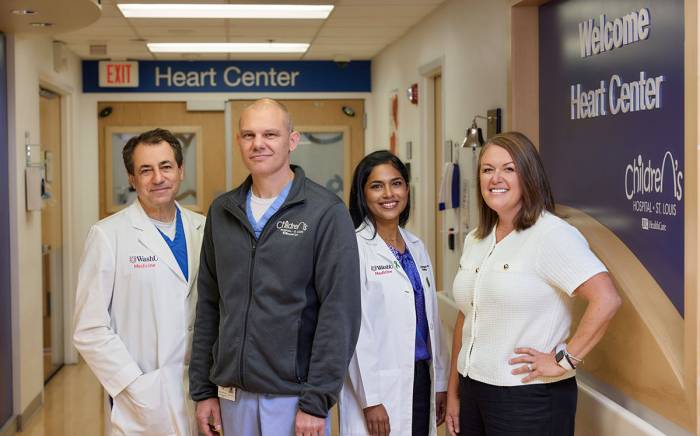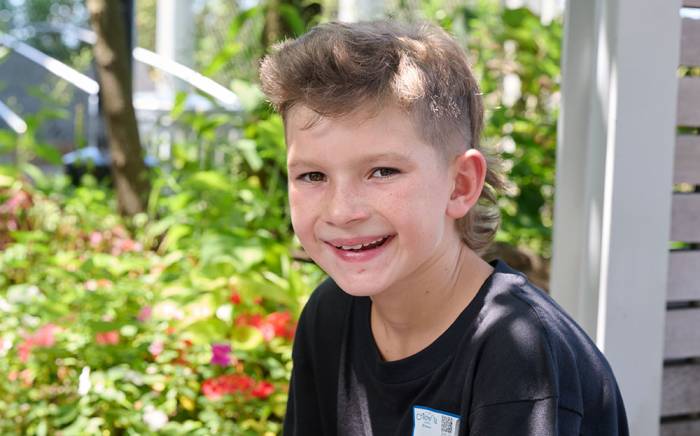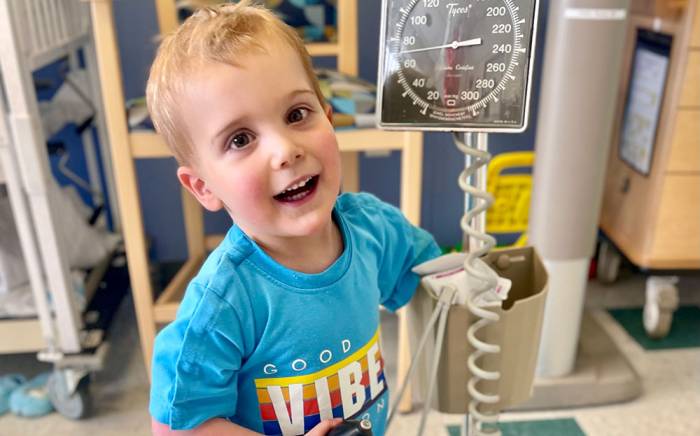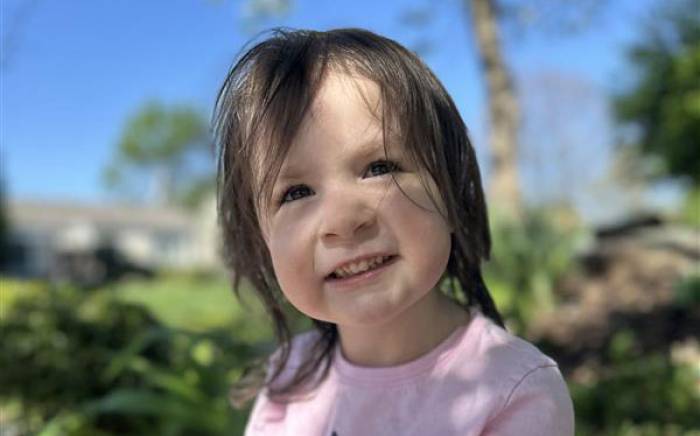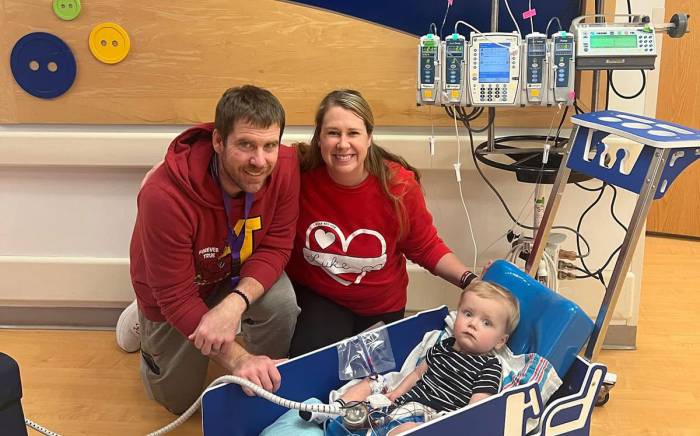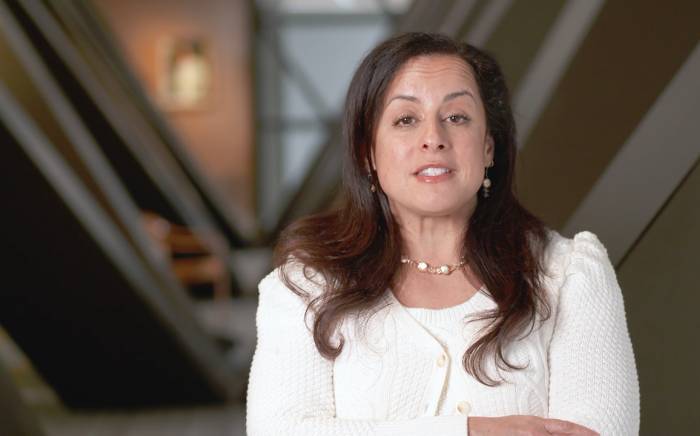 Children with severe pulmonary hypertension (PH) who have failed medical therapy have limited treatment options and often die from right heart failure. A surgical procedure known as a Potts shunt is an old technique that is showing promise as an alternative therapy for treating children with severe, drug-resistant PH, possibly delaying or even negating the need for lung transplantation.
Children with severe pulmonary hypertension (PH) who have failed medical therapy have limited treatment options and often die from right heart failure. A surgical procedure known as a Potts shunt is an old technique that is showing promise as an alternative therapy for treating children with severe, drug-resistant PH, possibly delaying or even negating the need for lung transplantation.
A Potts shunt is a side-to-side connection from the left pulmonary artery to the descending aorta, thus diverting some of the high pressure pulmonary blood to escape out to the body without having to go through the damaged lungs. This provides a pressure “pop-off” for the right ventricle, hopefully preserving its function.
The first case series published using the Potts shunt in children with severe PH came from a French group in 2012. Their experience demonstrated that children with severe disease treated with a Potts shunt showed significant and sustained clinical improvement often with a reduction in onerous medical therapy.
In 2013, St. Louis Children’s Hospital cardiothoracic surgeons began applying this technique and now has the largest experience in North America for this modality of therapy (22 children to date). “Our experience so far has replicated that of the French group,” says R. Mark Grady, MD, a Washington University cardiologist at St. Louis Children’s Hospital. “In the right child, a Potts shunt can be an effective way to ease the symptoms of their disease, significantly improving their quality of life, often with less medication.”
Dr. Grady says sustained benefit has been seen more than five years out in their series, and more than 10 years in the French series. The ages of successfully treated children ranges from infants to teenagers with a variety of different causes for their PH.
“At St. Louis Children’s Hospital, a Potts shunt is not considered a contraindication to future lung transplant,” says Pirooz Eghtesady, MD, PhD, cardiothoracic surgeon-in-chief at St. Louis Children’s Hospital. He is also co-director of the St. Louis Children’s and Washington University Heart Center. “Our team has successfully transplanted a child who failed to improve from his Potts shunt due to progressive right ventricular failure.”
He continues: “While long-term benefits remain to be seen, we believe the Potts shunt holds great promise in treating a child with severe PH and should be a part of every pediatric PH caregiver’s toolbox.”
Dr. Grady agrees. “The Potts shunt has the potential to offer children with severe pulmonary hypertension the possibility of extended survival and improved quality of life,” he says. “We feel it should be considered in the management of any children with severe pulmonary hypertension who are being evaluated for possible lung transplantation.”

